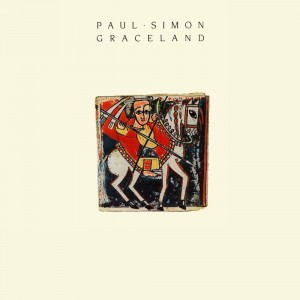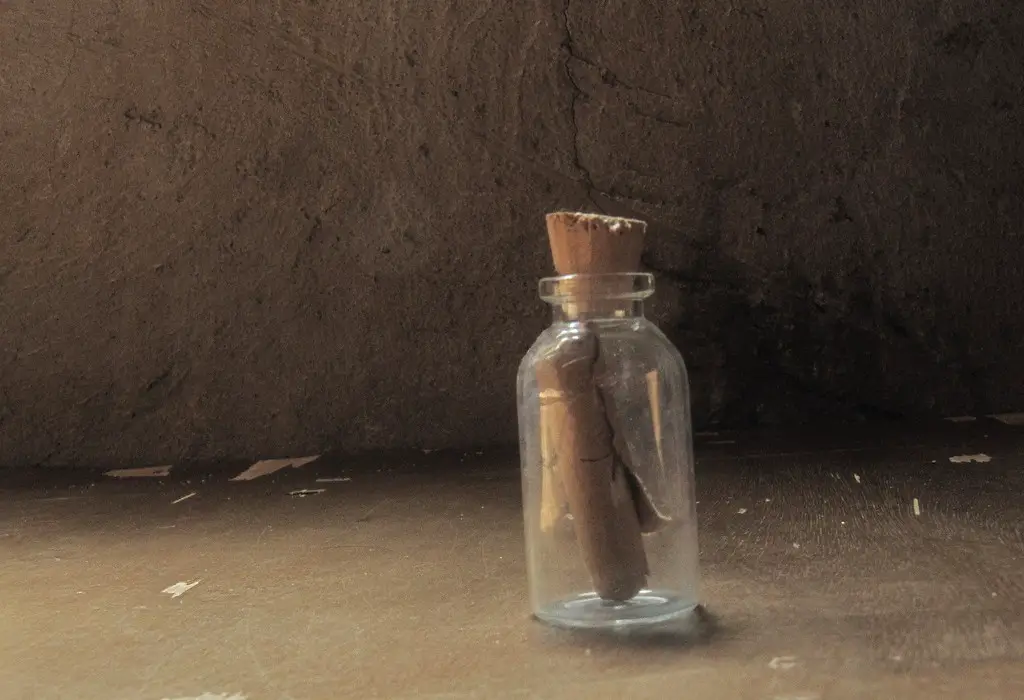In 1984, Paul Simon was in a professional, creative and personal tailspin. His less-than-a-year-old marriage to actress Carrie Fisher was already in shambles. His most recent album, 1983’s Hearts and Bones, bombed on the charts and in the minds of many Simon fans, and his reunion with Art Garfunkel had ended amidst growing contention. He was depressed and frustrated, ignored by his label and considered by many to have passed his creative peak.
As he was driving across a New York bridge, Simon popped in a tape given to him by a friend that featured South African township jive music. He became obsessed with the tape and the rhythmic music it contained, and by the time 1985 began he had booked a flight to Johannesburg with producer Roy Halee. Two weeks later they returned with the beginnings of what would become the most successful album of Simon’s career, Graceland, which would go on to sell 16 million copies and earn the Grammy Award for Best Album in 1986.

Certainly a great deal of responsibility for the album’s creative success belongs to the unique rhythms and sounds provided by the talented South African musicians whose presence lifts the album to transcendent heights. But Simon himself has said that what reignited his creativity as a songwriter was not only his collaborations with these musicians, but also the freeing sensation of being thousands of miles away from the attention and demands of life as Paul Simon, major recording artist.
Ever since Moses went up into the mountains and came down with the Ten Commandments engraved in stone, mankind has sought isolation for inspiration. The ability to block out distractions by use of either physical or mental detachment has long been a tool employed by artists and creatives looking to access a pure line of communication to their muse. As the world has grown more connected, this conscious isolation looks different— traveling to a distant land isn’t enough. The intrusions of social media, emails, digitally-published opinions and constantly chirping demands are ever-present unless a concerted effort is made to block them out. An artist in a remote town in Siberia with his phone on is now less isolated than a writer at a coffee shop with no WiFi down the street from his house. But as our digital connectedness makes creative isolation more difficult, that targeted isolation remains important for creativity.
What constant connectedness and the rise of social media have provided for artists is a means of taking in instant, direct feedback and communication from anyone with an opinion. This provides an incredible platform for fans and audiences to connect directly with the creatives they follow, but do these benefits flow both ways? Is instant feedback and the self-consciousness it can sew detrimental to great art?

Feedback is defined as a reaction assessing a subject’s performance of a task, used as a basis for improvement. Sure, this reaction can take place simultaneously with the performance of the task— we often call that collaboration. A group of people in a room (or video-chat) trying to make something great is a time-honored tradition that’s led to some of the world’s greatest creations. But our connected world has transformed un-requested feedback into the word’s other definition, an incessant noise constantly building on itself and intruding on the creative process. Artists struggle now more than ever with the phenomenon of thinking about how the public will perceive what they’ve made at the same moment that it’s being created. Performers with an eye for business might argue that this is a positive trend— artists who are more in tune with the wants and needs of their market will be able to deliver on their audience’s demands. But is that what we want from our artists? To deliver exactly what we ask for? Or is the truth in the words of Apple founder and visionary Steve Jobs, who was always known for approaching his business ventures with an artist’s mindset, that sometimes “people don’t know what they want until you show it to them”?
A great song is great not because of what it means to the writer — it’s great because of what it means to its listeners.
The accessibility of performers’ private lives also complicates the creative process. Artists know that their writing won’t be analyzed based only on its creative merits, but also with an eye toward whatever the public knows about that artist’s personal life. Will people think this song was written about my also-famous ex? How will my publicly strained relationship with my label affect how this song’s commentary on the entertainment industry will be perceived? Accessibility through social media has gone a long way in humanizing superstars, an unquestionably positive development toward fostering a healthy culture of celebrity. But maybe a side effect of that accessibility is that it has affected the way writers write. Subtly (or unsubtly) addressing personal-events-made-public through music has become a staple of many popular artists. But a great song is great not because of what it means to the writer— it’s great because of what it means to its listeners.
For artists looking to hone their craft or create their next masterpiece, maybe the counter-intuitive answer to this dilemma is to take in less feedback. Tune out the tweets of your followers shouting “I hope Dylan never goes electric” and go electric anyway. Appreciate the encouragement and support of your fans and then ignore their advice, at least when pen goes to paper and the microphone is on. The history of music has shown that they’ll likely thank you for your discretion, even if not right away.
Feedback, like food, can help us grow or cripple us with weight. The key is moderation.










